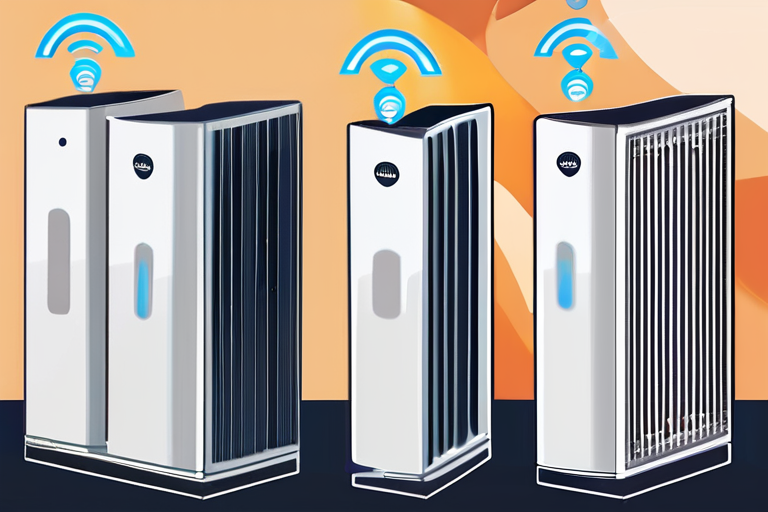Wi-Fi Showdown: Traditional Routers vs Mesh Networks - Which One Wins?


Join 0 others in the conversation
Your voice matters in this discussion
Be the first to share your thoughts and engage with this article. Your perspective matters!
Discover articles from our community

 Hoppi
Hoppi

 Hoppi
Hoppi

 Hoppi
Hoppi

 Hoppi
Hoppi

 Hoppi
Hoppi

 Hoppi
Hoppi

NASA Backs Lunar Wi-Fi Project to Connect Astronauts and Rovers on the Moon In a significant development for space exploration, …

Hoppi

Wi-Fi Router Upgrade: Asus RT-BE58U Now $20 Off on Amazon In a move that could revolutionize home internet connectivity, the …

Hoppi

Qualcomm's XPAN Tech Aims to Eliminate Wireless Earbud Range Anxiety At the Snapdragon Summer event in Hawaii, Qualcomm demonstrated a …

Hoppi

The Great Wi-Fi Debate: Mesh Systems vs. Routers - Which One Reigns Supreme? As I stood in my living room, …

Hoppi

China Mobile Shanghai Pioneers Industry-First 5G-A Network Monetisation Strategy with Huawei SHANGHAI, CHINA - SEPTEMBER 21, 2025 - In a …

Hoppi

Pocket-Sized Device Revolutionizes Remote PC Control, Surpasses Crowdfunding Goals A groundbreaking device that enables users to control their PCs from …

Hoppi